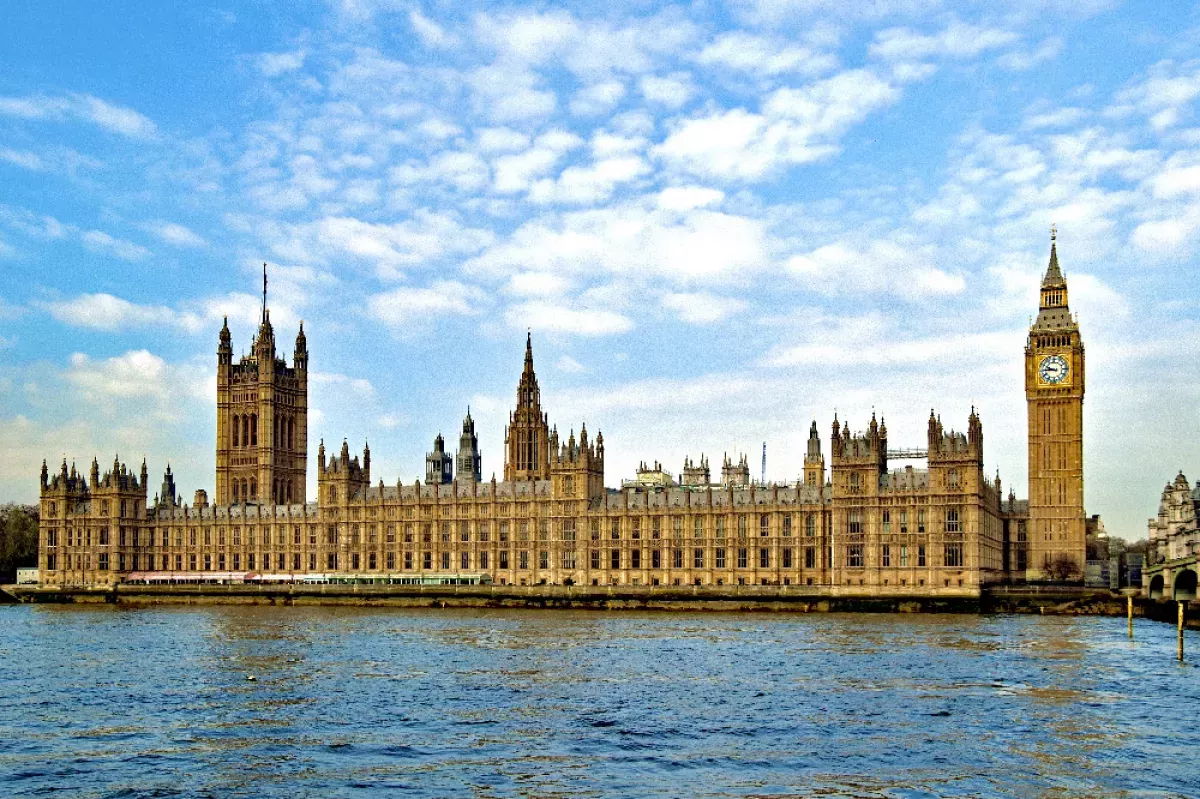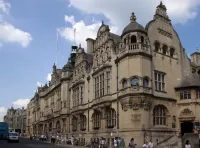Westminster, the main settlement within the City of Westminster in Central London, stretches from the River Thames to Oxford Street. It boasts numerous iconic landmarks, including the Palace of Westminster (Houses of Parliament), Buckingham Palace (the monarch's residence), Westminster Abbey (a historic church and coronation site), Westminster Cathedral, and Trafalgar Square. A significant portion of London's West End, renowned for its theaters and entertainment venues, also falls within Westminster.
1900: Abolition of the Vestry and Formation of the Metropolitan Borough
In 1900, the combined vestry of St Margaret and St John, which had served as the local authority and was also known as the Westminster District Board of Works, was abolished. This marked a significant change in local governance.
1900: Establishment of the Metropolitan Borough of Westminster
The Metropolitan Borough of Westminster was created in 1900, replacing the court of burgesses and parish vestries. The borough was granted city status simultaneously, becoming the City of Westminster, and its council became known as Westminster City Council.
1965: Merger and Retention of City Status
Despite merging with St Marylebone and Paddington in 1965, the combined area retained the title "City of Westminster".
1965: Merger of Westminster with Paddington and Marylebone
In 1965, the former City of Westminster merged with Paddington and Marylebone to create a larger borough. The new entity encompassed the area from the River Thames to Oxford Street and Bayswater Road, expanding beyond the traditional boundaries of Westminster.
1965: Expansion of Westminster
The former City of Westminster combined with Paddington and Marylebone in 1965, forming a new, larger borough. This expansion included areas north of Oxford Street and its westward extension, Bayswater Road, but excluded a small part of Paddington within Kensington Gardens.
Trending

Simon Cowell is a prominent English television personality and businessman recognized for his role as a judge on various talent...

7 months ago Gary Payton Reflects on Jordan Matchup and Hypothetical Stats in Today's NBA

11 days ago Spurs Defeat Nuggets in Thrilling Game, Mavericks Face Nuggets

22 days ago Michael Douglas and Catherine Zeta-Jones Celebrate 25 Years of Marriage with Throwbacks
Luke Kornet is an American professional basketball player currently playing for the San Antonio Spurs in the NBA He's a...

6 months ago Jack Black's Minecraft Movie Sets Premiere on HBO Max, June 20, 2025
Popular

Candace Owens is an American conservative political commentator and author...

Ilhan Omar is an American politician currently serving as the...

XXXTentacion born Jahseh Dwayne Ricardo Onfroy was a controversial yet...

Tom Cotton is an American politician and Army veteran currently...
The Kennedy Center Honors are annual awards recognizing individuals and...

Kelsey Grammer is an accomplished American actor producer and singer...

